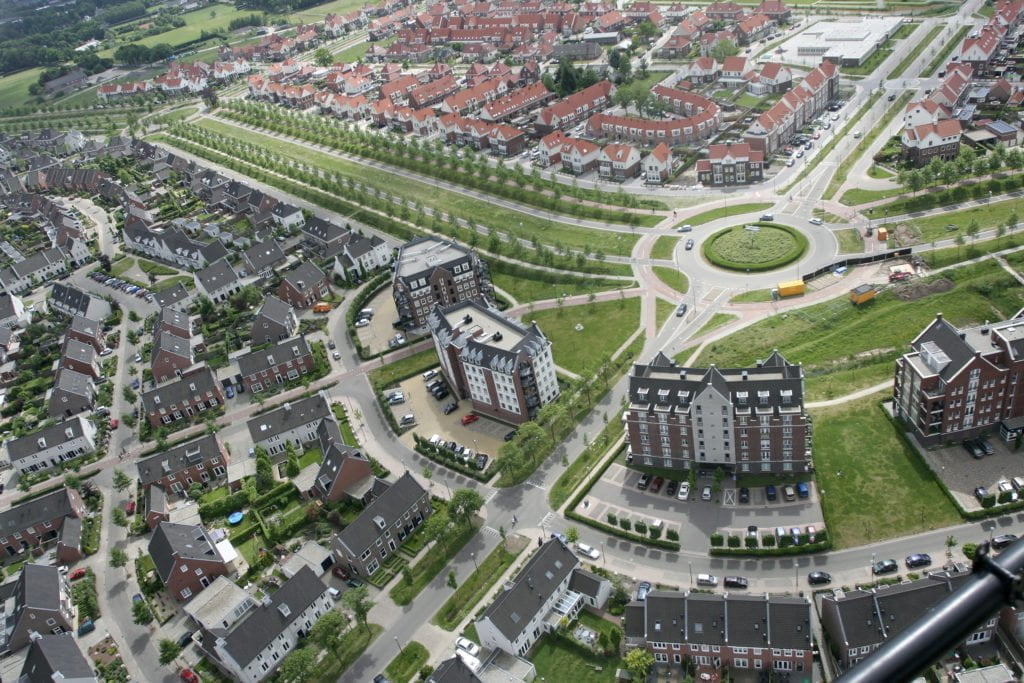The path towards making cities "Automation-Ready"
CoEXist to increase the capacity of cities to get Automation-Ready
The mission of the CoEXist project is to systematically increase the capacity of local authorities to get ready for the transition towards a shared road network with increasing levels of connected and automated vehicles (CAVs), both in terms of vehicle penetration rates and levels of automation using the same road network as conventional vehicles (CVs).
The overall outcome of the project is to enable local authorities to confidently proclaim that they are “automation-ready”. The concept of “automation-readiness” should not be misunderstood as an endorsement of the disruptive technologies surrounding CAVs and their impacts, but rather an empowerment of local authorities to critically review the anticipated technological changes and shape the future according to their expectations.
Hence the concept of “automation-readiness” is defined as:
"The capability of making structured and informed decisions about the comprehensive deployment of CAVs in a mixed road environment." This requires a clear awareness of the technology, its uses and impacts; the institutional capacity to plan for a future with CAVs; as well as a strategic approach in planning a wide range of measures that will ensure a deployment of CAVs.
A three-phase framework
In order to local support local authorities in reducing uncertainties and building up the capability to make structured and informed decisions about the comprehensive deployment of connected and automated vehicles in urban areas, the CoEXist project publishes an Automation-Ready Framework which presents a set of measures to implement in three phases.

- 1- Automation Awareness Creation
The first phase involves becoming aware of the technological advancements and capabilities of CAVs and understanding the opinions, needs and concerns of the citizens at an early stage. The key here is to develop an awareness of what the deployment of automated vehicles and resulting impacts means from a local authority perspective. Automation awareness measures are not expensive and do not depend on the technological development. Measures at this stage are the most certain, as they can already be implemented regardless of the situation a city is facing now.
- 2- Planning for automation-readiness
The second phase is to include CAVs in planning processes. This includes: setting a vision and identifying goals through stakeholder engagement processes and applying a set of tools to assess deployment scenarios. This stage initiates the path to proactive planning by identifying measures that support the integration of new forms of mobility and technology to improve the overall transport planning processes in a city. The city should be able to develop a flexible planning strategy for automation-readiness in order to allow necessary modifications along the process.
- 3- Implementation of Automation-Ready Measures
The third phase corresponds to the preparation for the implementation of measures that have been identified in the plans (phase 2). The measures introduced within this stage bring many uncertainties as these will highly depend on many complex developments that will take place over the coming years. Hence, it is not recommended to implement measures too prematurely; not before completing the actions of the previous stages. Measures in this stage can only be implemented after conducting detailed planning processes, including modelling and impact assessment and conducting several pilots with CAVs.



